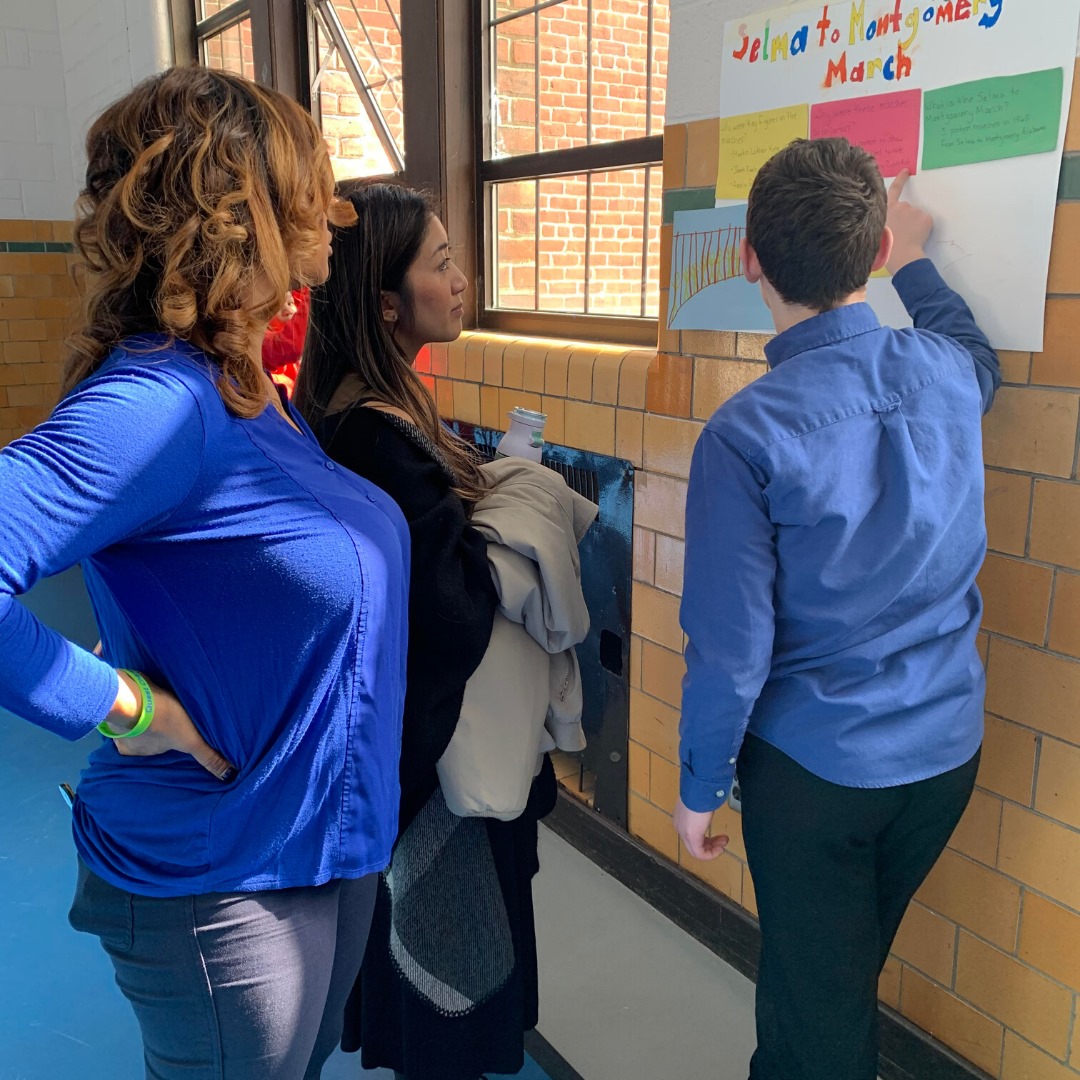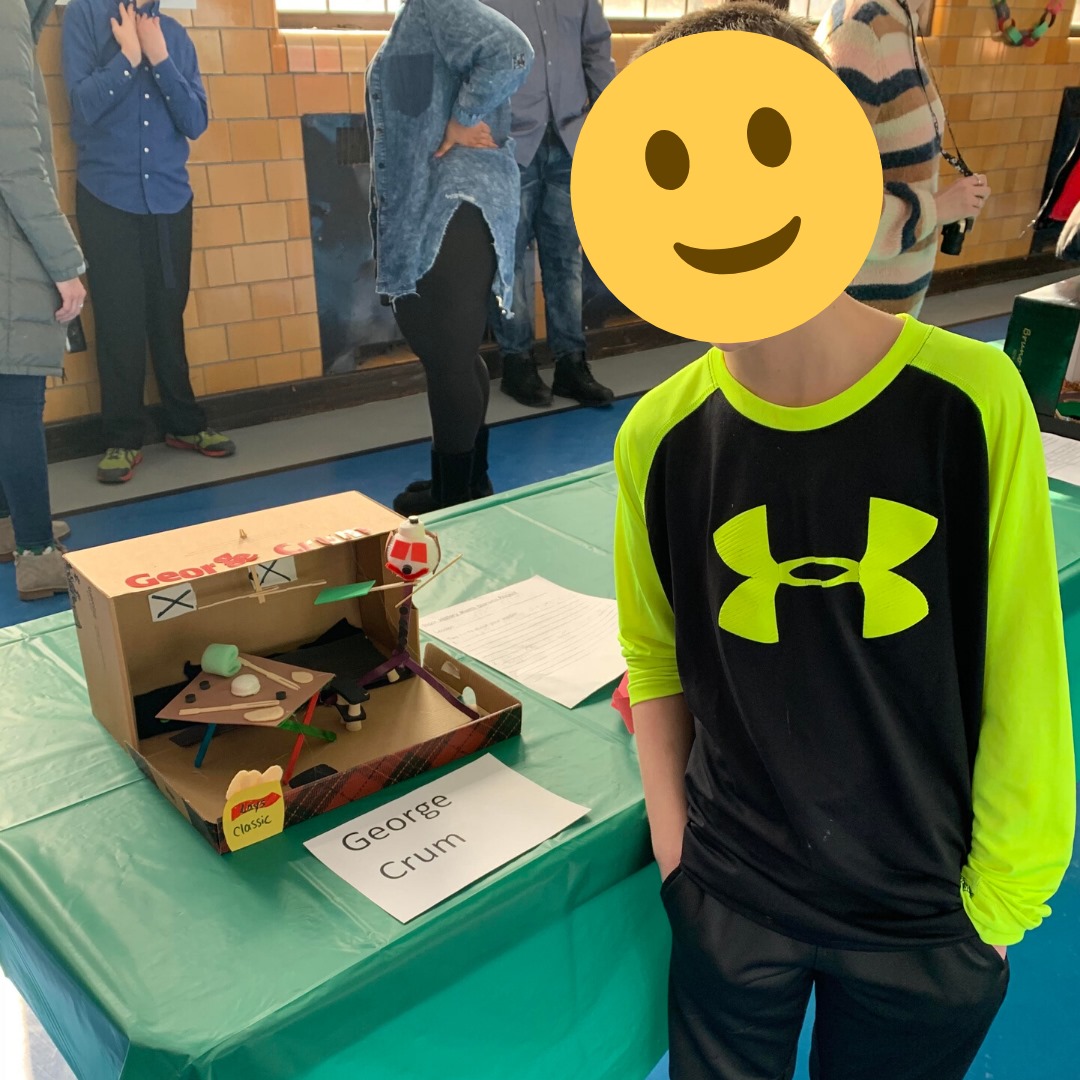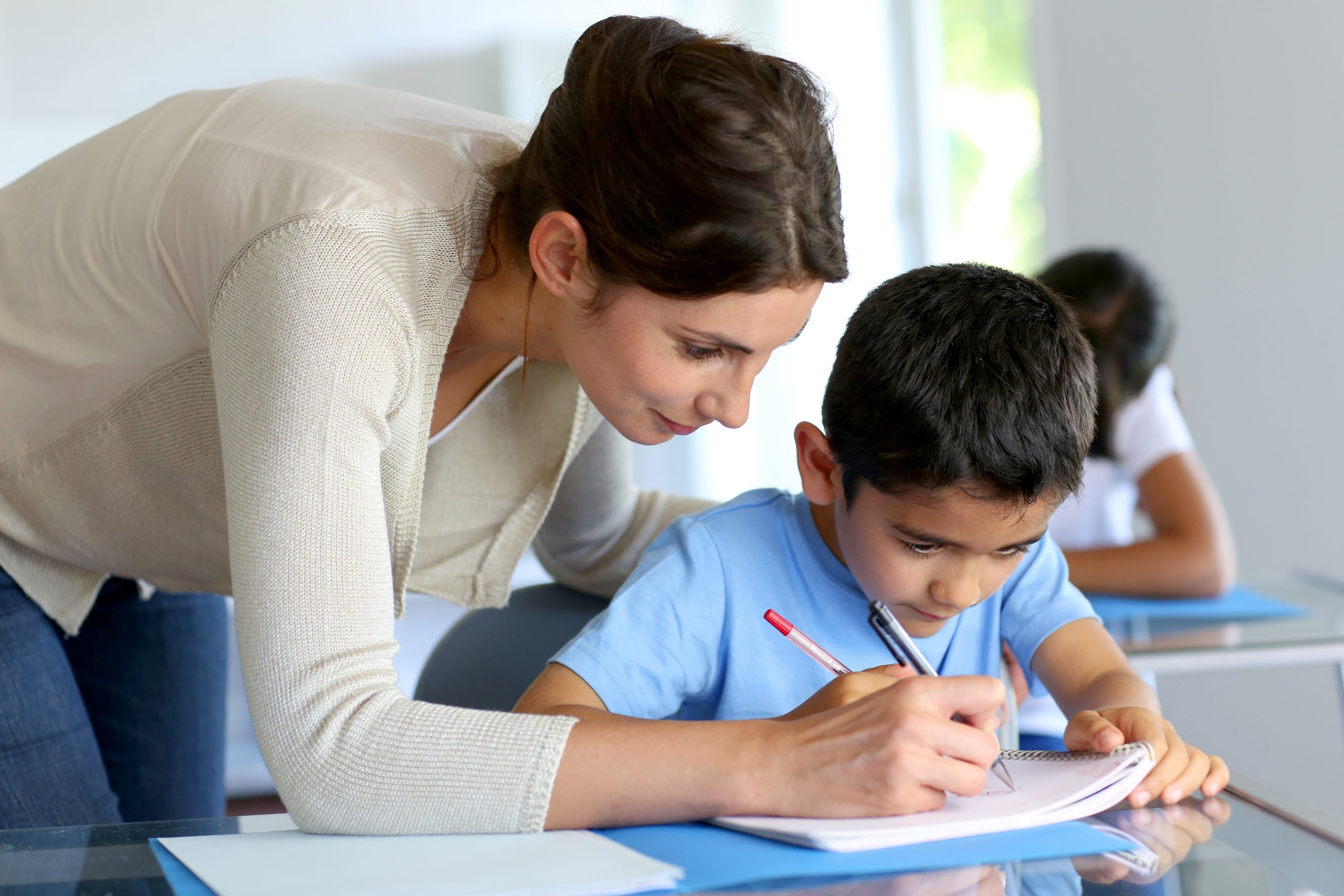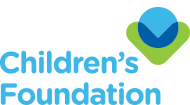Because of our partners, donors...
Children in foster care often struggle academically due to the fluctuating environment of changing homes and schools. Studies show that students lose an estimated four to six months of academic progress every time they switch schools. Students who have attended more than two schools in the grades K-5 remain behind their peers in reading through twelfth grade. The majority (88 percent) of children at MCHS have been identified as cognitively or emotionally impaired. Children struggling through mental health and trauma find it overwhelmingly difficult to keep pace with their peers in a traditional educational setting.


When Mark arrived at MCHS, he was unable to attend the local public school. Internal and external triggers caused frequent outbursts toward peers and staff, destruction of property and leaving the classroom. While Mark was not far behind in his grade level academically, he often struggled to complete work and acted out when he was frustrated. As a student in the on-grounds school at MCHS, Mark received one-on-one instruction and emotional support from his teacher, therapist and residential staff. At the beginning of the second semester, Mark began attending the local public school for part of the day. After a month of transitioning between on-campus classes and public school, Mark was able to successfully transition fully into the public school system and attend classes without frequent outbursts and behavioral issues. Some students require added support before diving into the atmosphere of a new school.

It takes a village. Our work is made possible by the community partners and donors who stand by our side.
















We are a child and family service agency providing foster care, adoption, mental health, education, housing, and community-based services throughout Michigan.
Sign up for our monthly emails to receive program updates, involvement opportunities, and inspiring stories of impact!